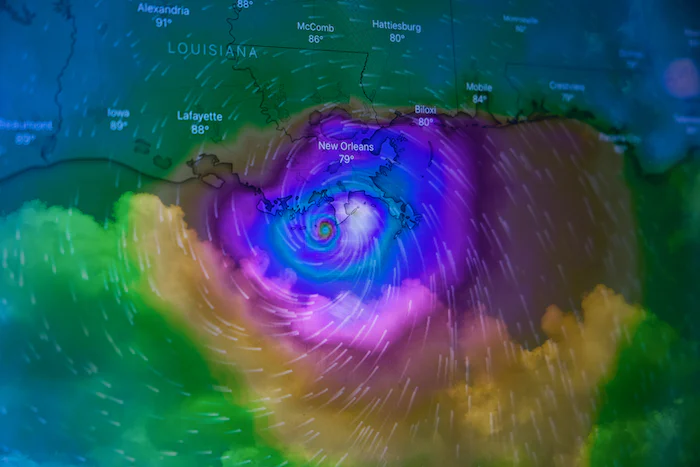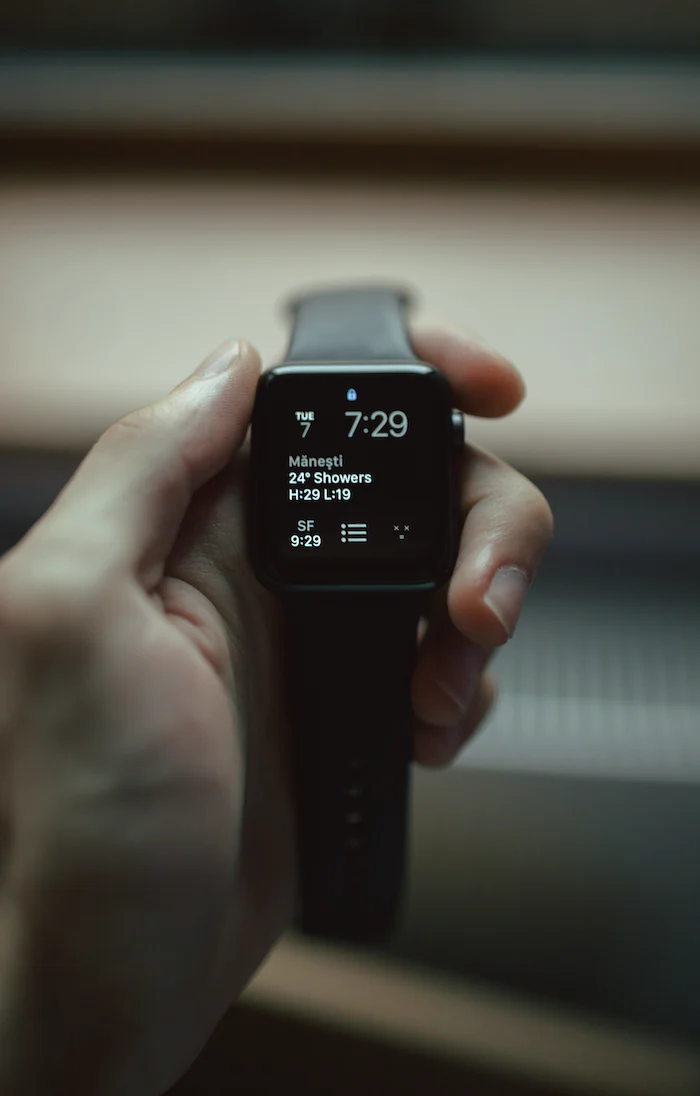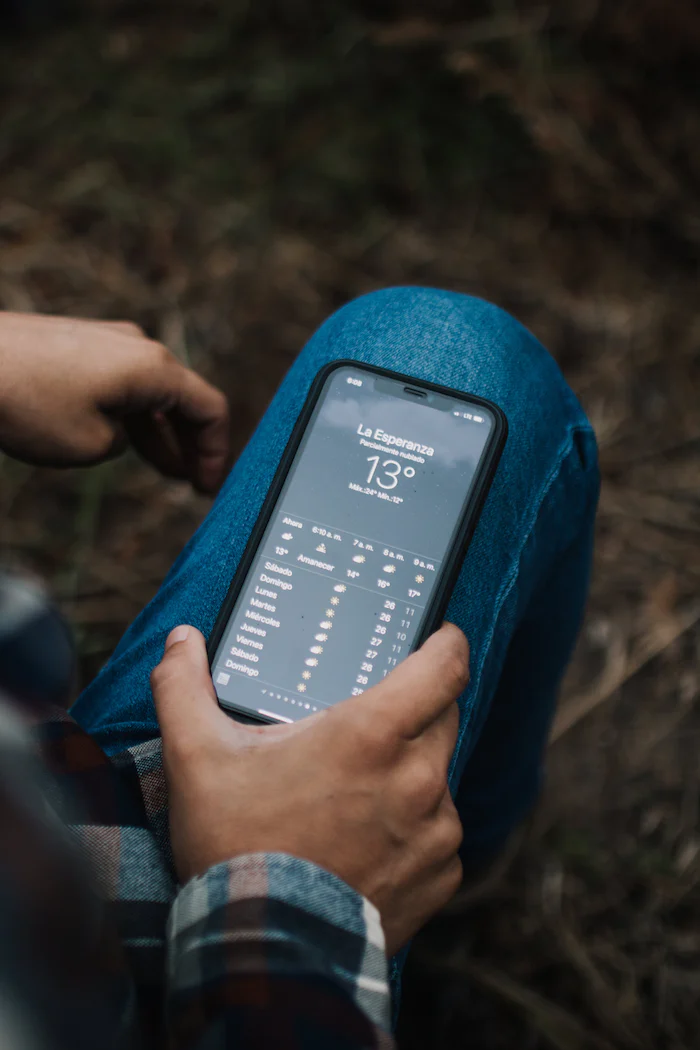Rain, Snow or Shine: How the Weather Industry Can Capitalize on PR Practices
Published on Nov. 7, 2022 at 5:51 p.m.
by Carleigh Clark

“A tornado warning has been issued for your area. Seek shelter now.”
A warning like that can come across a cell phone through local text alerts, a scrolling banner at the bottom of the television screen or through a voice over the radio … the outdoor sirens are sounding. Who issued that warning and who can be trusted to help people weather the storm?
In a Tweet from James Spann, chief meteorologist at ABC 33/40 in Birmingham, Alabama, he says to “Never, ever, ever rely on a siren to let you know a tornado is coming.” The warning systems in place serve specific purposes, but the professionals helping push warnings out serve a purpose as well. Inconsistency from electronic warning systems push meteorologists and weather forecasters to heavily rely on consistent messaging and community relationships to ensure safety in a severe weather event.
Professionals in the weather industry agree that credibility and trust among local citizens are the most critical aspects of being able to do their jobs effectively.
Wes Wyatt is the chief meteorologist for Fox 6 WBRC in Birmingham, Alabama. Wyatt said when communicating weather information to the general public, the biggest challenge is putting out social media fires leading up to a severe weather event.
“From a preparedness standpoint, I try to be as transparent as possible … and be realistic about outcomes. However, you have to be very careful in how you communicate a message when it comes to weather, because the first sign of unpreparedness you show, people start to back off,” Wyatt explained.
In the state of Alabama alone, 67 tornadoes touched down in 2021. Out of those 67 storms, 15 occurred under a no risk or slight risk category issued for certain areas of the state.
Wyatt noted that some of the worst storms and tornadoes can happen with little to

no warning. However, if your house or family is in the path of that storm, it’s the worst day possible for you, he said.
“In the midst of a severe weather event, when I’m in wall-to-wall coverage, I try to put myself in the shoes of the viewer,” said Wyatt. “There is a time for sincerity, and you have to maintain that sincerity when it comes to severe weather, so you can build that trust with the viewer.”
PRSA defines public relations as “a strategic communication process that builds mutually beneficial relationships between organizations and their publics.” Weather professionals are using the same strategies and tactics as PR professionals to create a safe place for the public to turn to when storm anxiety and stress kick in.
Public relations often gets confused with marketing and advertising. PR professionals aren’t trying to sell a product or boost sales. What they focus on is forming a positive relationship between a specific audience and a company or organization. In the case of weather professionals and meteorologists, this group is working to foster relationships with the people in the areas they cover based on the information they have when predicting weather forecasts.
John De Block is the warning coordination meteorologist for the National Weather Service in Birmingham, Alabama. De Block acts as a liaison between the National Weather Service and community and media partners.
“A key part [of educating the public] is to talk to people on their level. What’s important is that they understand the potential impact and [that] there are steps to protect their life, family and property,” De Block explained.
De Block agreed that community education and engagement are most important when preparing the public for a potential severe weather threat. Making sure people know what to do when a warning is issued is essential to his job, he explained.
A Sept. 1, 2022, Washington Post article detailed the outlook for the 2022 hurricane season. Prior to Hurricane Ian that struck southwest Florida on Sept. 28, a major hurricane had not struck the United States this hurricane season.
According to this article, “The predictions called for up to 20 named storms, including seven hurricanes, and many large forecasting groups doubled down in an updated outlook released in August. Since then, a total of zero hurricanes have formed in the Atlantic.”

Credibility in the weather industry has been questioned in recent years. If the forecast is inaccurate at a specific location, people are likely to assume the meteorologists and weather forecasters were wrong. Forecasts come from a variety of satellites and weather gauges both in outer space and on Earth. A 10-day weather forecast is only accurate around 50% of the time.
“The biggest issue we have is that there are people who might live a mile away from that [tornado] track and say it was a bad forecast,” said De Block. “People must have the understanding that if we issue a tornado warning for your city and it doesn’t hit you, count your blessings and have mercy on the people who were affected by it. Don’t let the fact that it doesn’t hit you this time taint your opinion for the next time.”
Weather forecasts will never be perfect. However, the individuals working in the weather field like Wes Wyatt and John De Block are working hard to communicate consistent and accurate messaging in order to keep the citizens of central Alabama safe.
Local weather forecasters’ first priority is to keep the public safe and informed. In order to do that effectively, they keep credibility, accuracy and transparency at the forefront of their work — all of which are also vital aspects of public relations.




